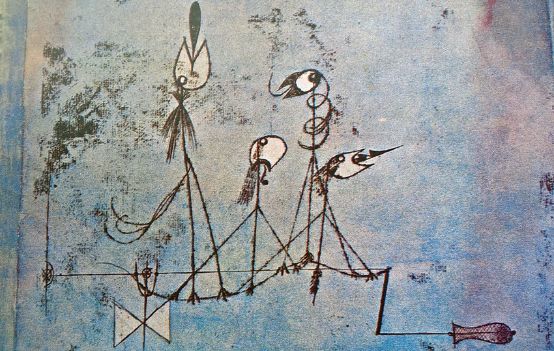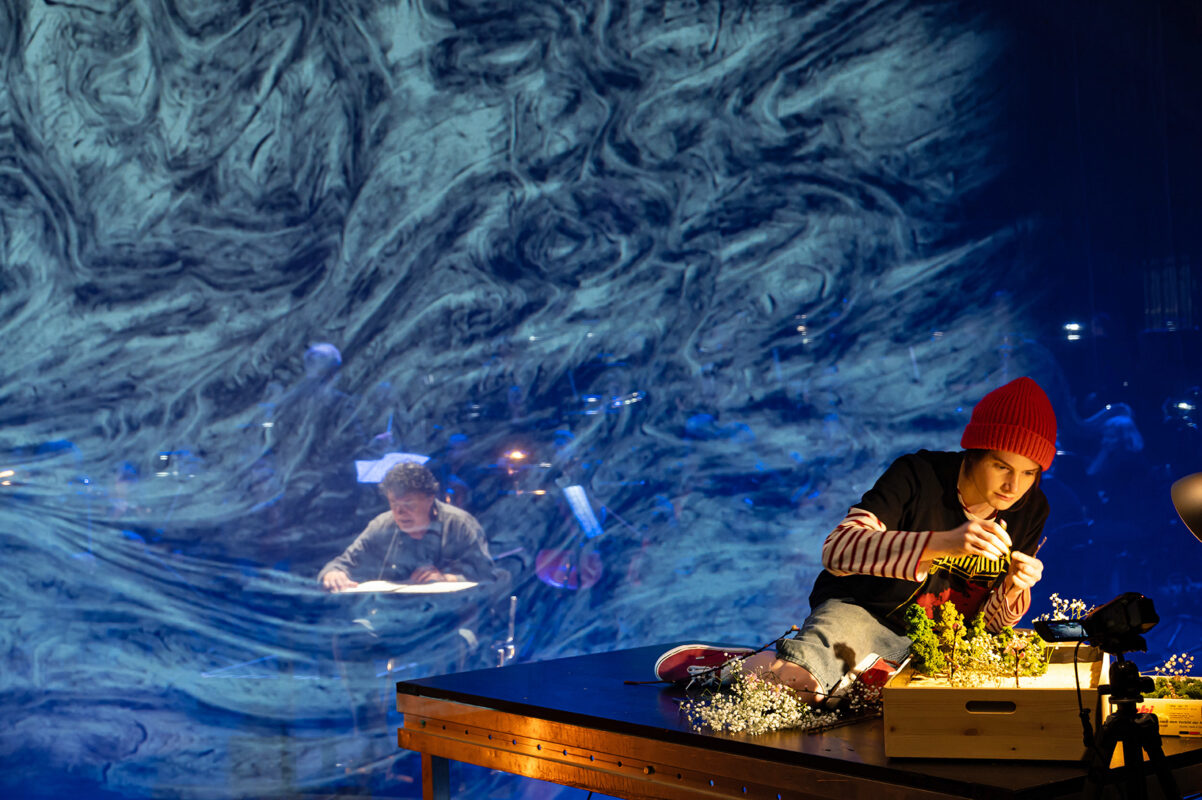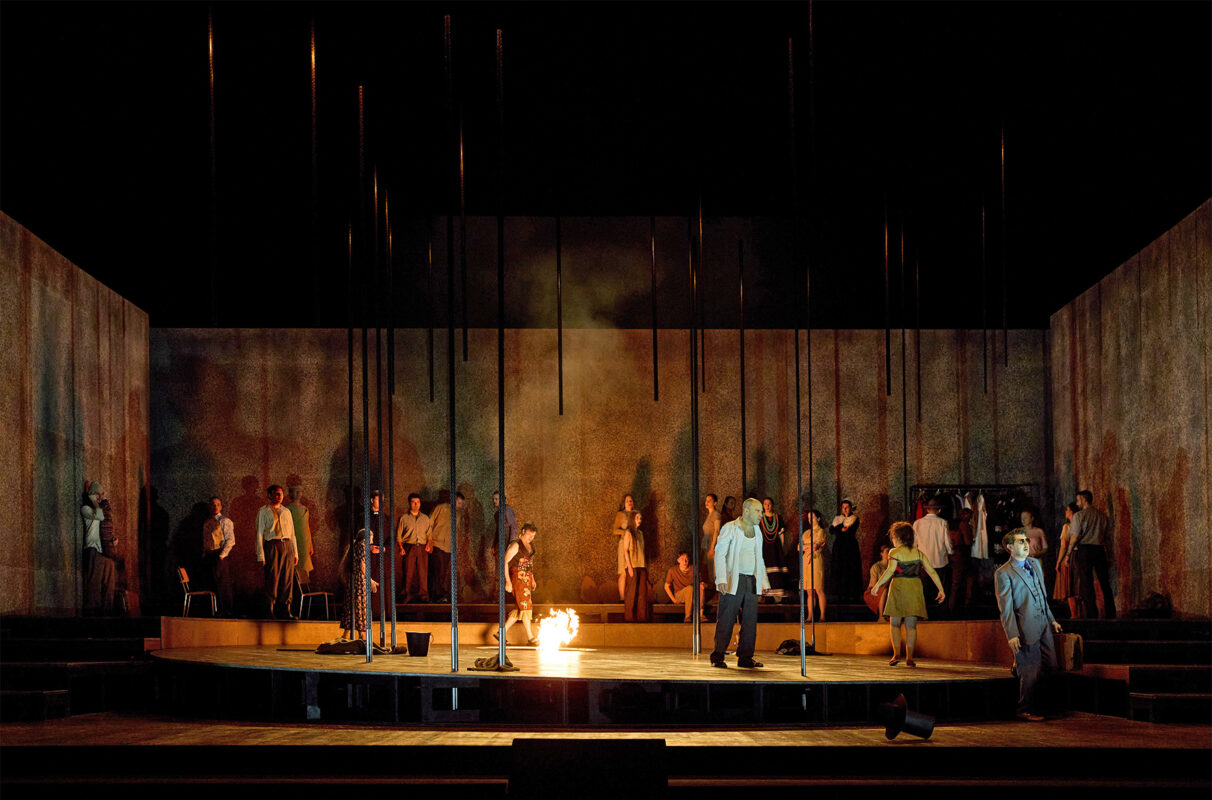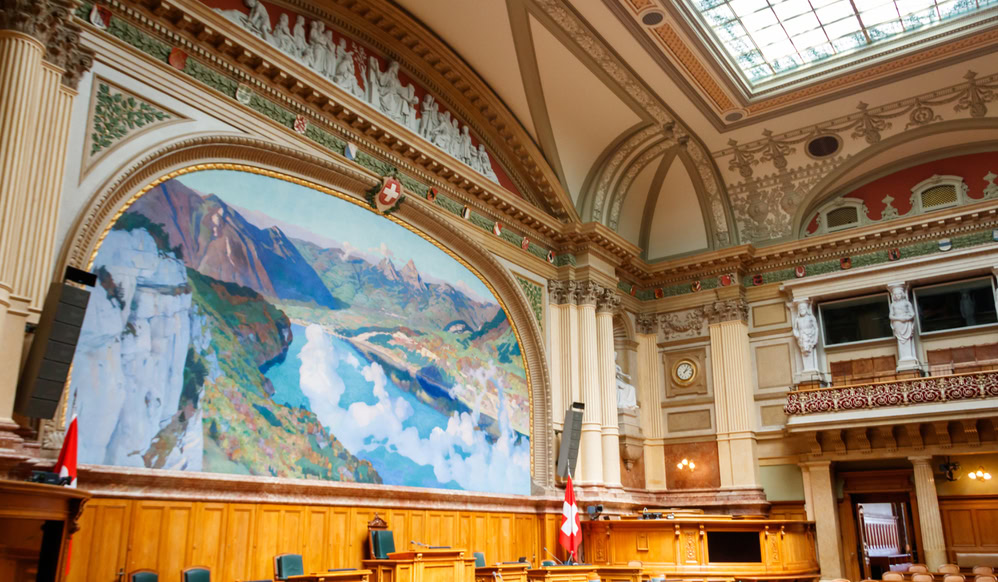Music, art and philosophy in dialog
What prompts art historians, musicologists and philosophers to dedicate a weekend together to a symposium is not obvious at first glance. However, there are some points of overlap, and one of them is the Bernese painter Paul Klee.

On May 21 and 22, academics from all over the world met at the Zentrum Paul Klee to discuss topics such as the identity conditions of a musical work, the perfect performance and the connections between Boulezʼ and Paul Kleeʼs oeuvre. The interdisciplinary exchange was characterized by an informal atmosphere.
After a short address by Dale Jacquette (University of Bern), a member of the organizing team, the symposium began with a presentation by the American philosopher Peter Kivy (Rutgers University). He has devoted his studies mainly to aesthetics and the philosophy of music. With his book The Corded Shell: Reflections on Musical Representation he laid the foundation for the revival of the philosophy of music in 1980, although he is no longer convinced by his frequently cited work. In his lecture, he discussed why music had fallen out of the field of vision of philosophy at the beginning of the 20th century On the recent remarriage of Music to Philosophy. The dominance of absolute music in the late 19th century meant that philosophy focused on a definition of music as formally organized sound structures and did not devote itself to the content of music, the mediated. Kivy, however, dared to attempt to build a bridge from music to emotions again, triggering a whole wave of texts dedicated to music from a philosophical perspective.
Marcello Ruta and Annabel Colas (both University of Bern) then presented questions on the ontology of music. Ruta argued that the hermeneutic approach could also encompass performative aspects of musical works. PhD student Colas explained the (im)possibility of the perfect performance. The early afternoon was taken up by Thomas Gartmann (Bern University of the Arts) and Alessandro Arbo (University of Strasbourg). Gartmann spoke about what can be found in the score of a work and what one looks for in vain. Arbo discussed what exactly we mean when we say we recognize something as a specific work.
Clover and interdisciplinarity
Paul Klee was the subject of discussion for the first time in Jim Dickinson's (Bath Spa University) lecture. Dickinson analyzed one of Klee's most frequently set works, Tweeting machine (1922). He showed a possible translation of this image into music using Birtwistle's composition Carmen Arcadiae Mechanicae Perpetuum (1977). The musicians Paulo de Assis (Orpheus Institute Ghent) and Albert Frantz (Vienna) rounded off the day from a practical perspective.
The presentations on the second day largely revolved around the namesake of the venue. Paul Klee not only incorporated many philosophical approaches into his sketches and paintings, but was also an amateur violinist. He therefore attracts the interest of art lovers as well as musicians, musicologists and philosophers. This makes him an ideal subject for interdisciplinary research, as promoted in this symposium. Pierre Boulez also had a very special relationship with Paul Klee's work, as Ulrich Mosch (University of Geneva) pointed out in his presentation.
Christian Berger (University of Freiburg) and Walter Kreyszig (University of Saskatchewan) focused on the links between Johann Sebastian Bach and Klee. Klee repeatedly tried to depict the abstract visually and so Bach's compositions with their highly structured nature also became starting points for his works.
This was followed in the afternoon by a guided tour of the Zentrum Paul Klee with curator Michael Baumgartner. He then gave a presentation explaining the central role of nature in Klee's works. Further analyses were presented by Linn Buchert (Friedrich Schiller University Jena); her dissertation deals with the role of the breathing metaphor in visual art.
Composition students from Bern University of the Arts and the Vertigo Ensemble enriched the symposium with a concluding concert. They performed pieces inspired by Boulezʼ Structures I, a work that Boulez originally wanted to call An der Grenze des Fruchtlandes in 1951, in reference to Kleeʼs painting Monument an der Grenze des Fruchtlandes. The participants were able to experience directly how the impressions from the two-day symposium influence perception when listening to these premieres.








